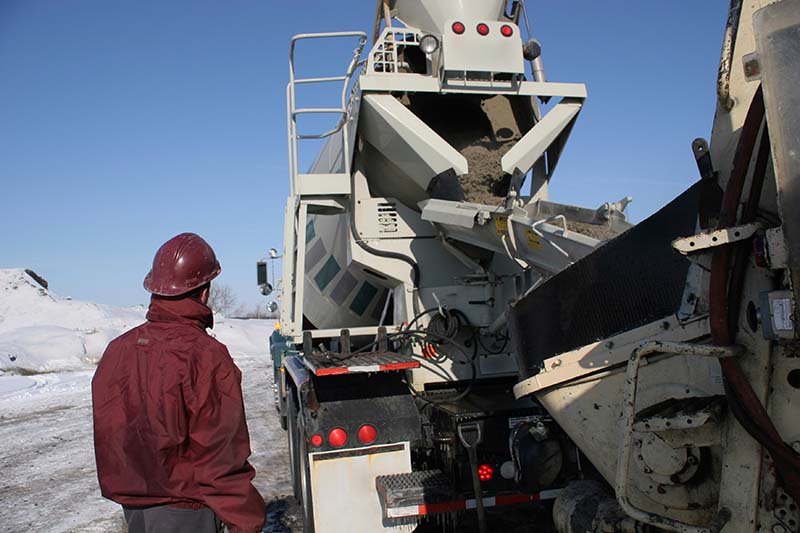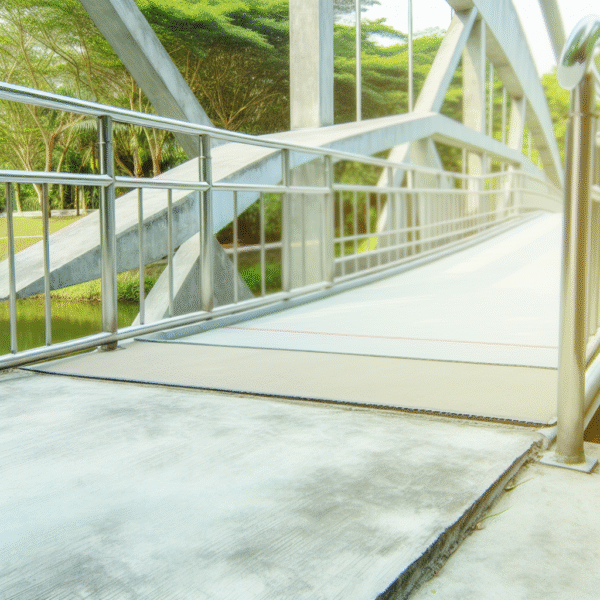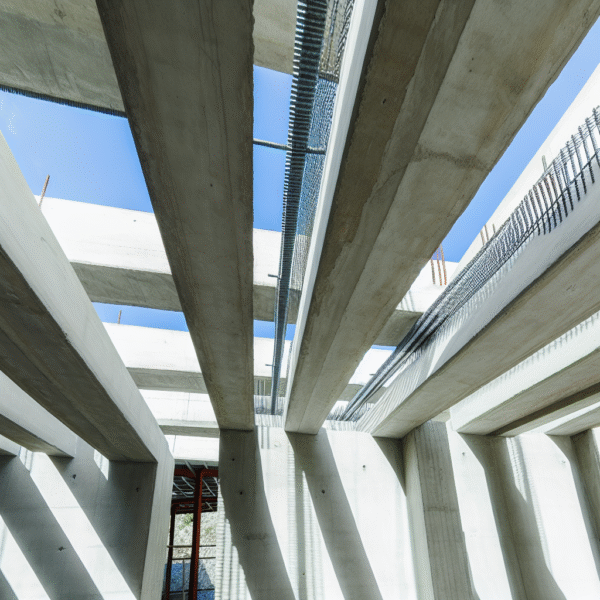Many wonder if pouring concrete during winter is feasible. With the right techniques and precautions, it’s possible to pour concrete in winter and achieve successful results despite the challenges posed by colder temperatures. Let’s delve into the considerations for winter concrete pouring, including temperature thresholds, potential issues, and best practices.
How Cold Can You Pour Concrete?
The ideal temperature for pouring concrete is above 40°F (4.4°C). However, concrete can still be poured in colder conditions with proper adjustments. When temperatures drop, steps must be taken to ensure that the concrete sets and cures correctly, preventing any loss of strength or durability.
What Temperature Is Too Cold to Pour Concrete?
Temperatures below 20°F (-6.7°C) make pouring concrete extremely difficult. At such low levels, the concrete is at risk of freezing, which disrupts the curing process and can lead to weakened or damaged surfaces. It’s crucial to protect the concrete during these conditions to avoid long-term structural issues.
Challenges of Pouring Concrete in Winter
Pouring concrete during winter comes with unique obstacles. Cold temperatures slow down the chemical reactions necessary for setting, often extending the curing time. This can delay projects and reduce the early strength of the concrete. Additionally, if the concrete freezes during its initial curing phase, it can lead to cracking, scaling, or compromised durability. Ensuring proper curing is vital, but maintaining consistent temperatures can be difficult in cold weather.
Best Practices for Pouring Concrete in Winter
Despite these challenges, to pour concrete in winter it is achievable with careful planning and execution. Start by continuously monitoring the temperature throughout the process to avoid freezing risks. Utilize insulated forms or blankets to trap heat and protect the curing concrete. When possible, set up heated enclosures around the area to maintain a controlled environment.
Additives like accelerators can be incorporated into the mix to speed up the setting process. Timing is also critical—pour concrete during the warmest part of the day to maximize the chance of successful curing. Proper protective measures and the guidance of experienced professionals can make all the difference.
Ensuring Success with Winter Concrete Projects
Pouring concrete in winter is not without its challenges, but it is manageable with the right approach. By monitoring temperatures, using insulation and heating solutions, and incorporating additives, you can achieve durable and long-lasting results even in colder months. When conditions are extreme, consulting experienced professionals ensures the process is handled effectively, safeguarding your project from winter’s potential setbacks.




